Exploring the History and Context of Art Exhibitions
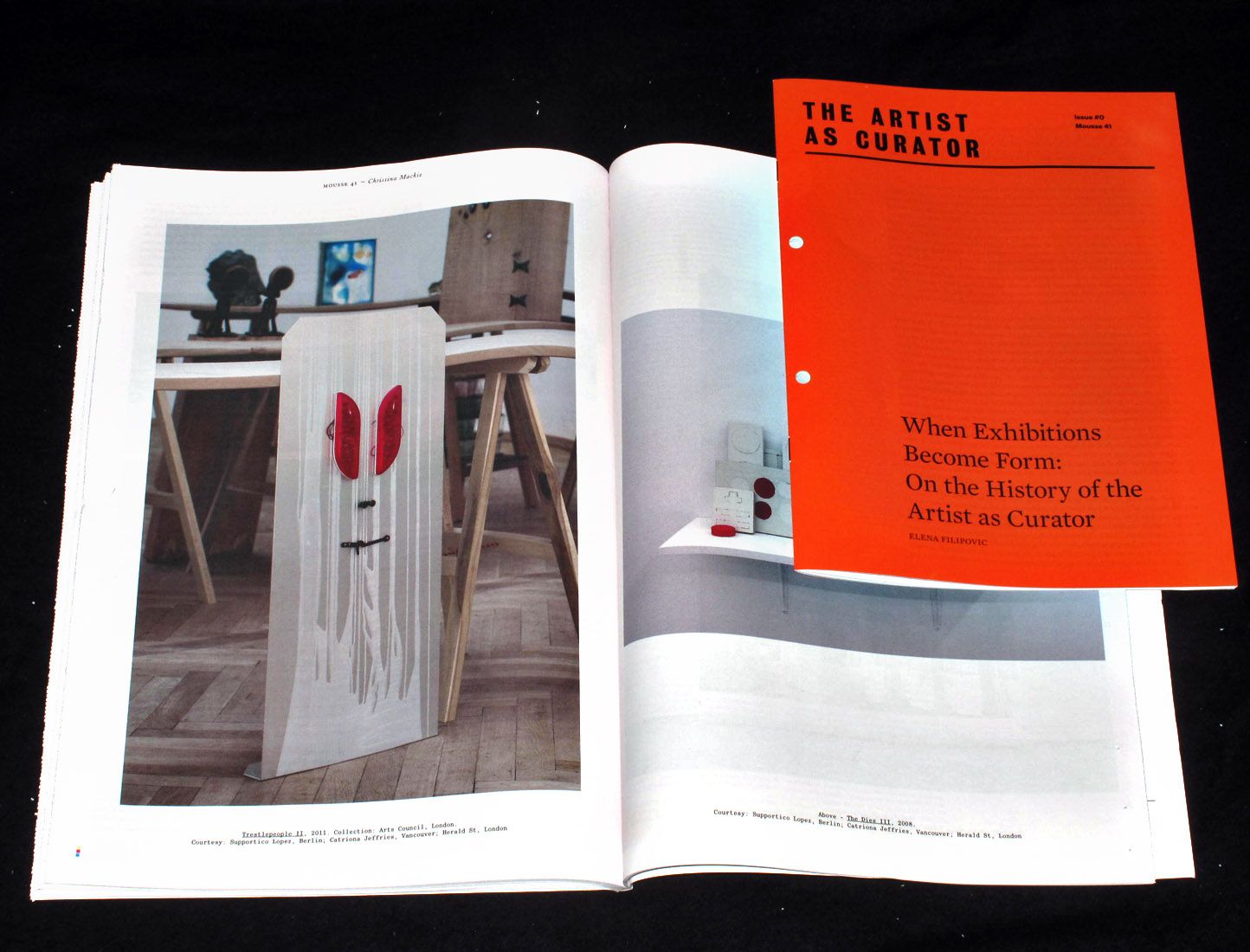
Hi everyone, @awillbrown here - let's explore where exhibitions and programs can take us and how Steemit can be a major force in creating new content and supporting ideas. My blogging will start with some history of the exhibition, at least through the last few hundred years, and continue with interesting examples of projects and exhibitions happening today.
Decoding Exhibitions
The history and contemporary study of exhibitions is still relatively new, at least as a formal discipline, or sub-set of art history. However, many of the periods in art history are taught through a curriculum that uses exhibitions as a way to look at how art has shifted over generations. Exhibitions become key moments in art historical narratives. One of the key differentiators between how exhibitions are taught in art history courses and in programs that study exhibition history is that those focused primarily on exhibitions examine the essential tools, decisions, settings, and styles that exhibitions take shape through -- breaking them down analytically and critically.
Questions like: What were the didactic materials like (brochures, wall text, audio tour, etc)? Or were there any didactics at all? Was the work presented on pedestals, on the floor, wall or from the ceiling? What deliberate choices might the curator have made about displaying the works that differ from the assumptions we can make based on what the work is? For example, a painting hangs on a wall or a film is played in a dark space with plush seating and a theater like environment. How did the layout, order of the works, tone of the text, and even the lighting or inclusion of supplementary materials such as posters, tools, etc, change the way the art was engaged with, or read?
The list goes on, but rather than walking into an exhibition and taking the general white-cube form we see most often for granted as a constant or as the way it's always been, I'd like to emphasize that we break down style, the same way one breaks down the style of a painting? I realize there are a few implications to this proposition that even I don't like, but bear with me along the way so we can really get into exhibitions and what they mean!
Resources
The primary reasons for this post are first to shift the frame (above) from art, just for a bit, to how art is framed. The second reason is to give you a sense of what someone like me reads (or tries to) read regularly, and what publications, websites, and programs do an excellent job of covering, framing, and at times specifically building the history of exhibitions.
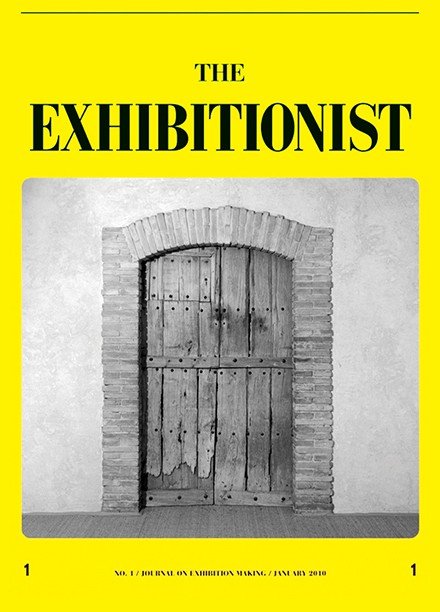
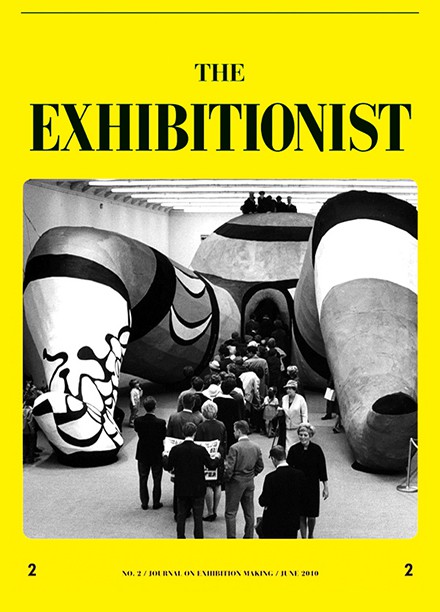
The Exhibitionist is a publication and an ongoing blog that studies exhibitions, gathering writing from curators, academics, critics, and at times artists. The project continues on and has recently published an anthology of the first 12 issues of the magazine.
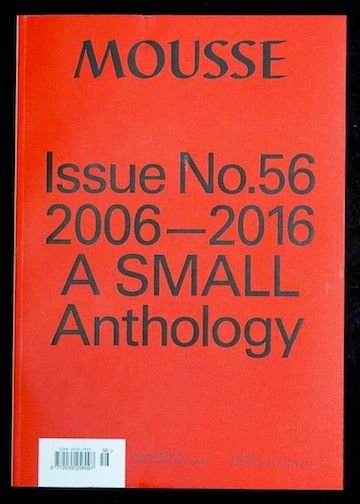
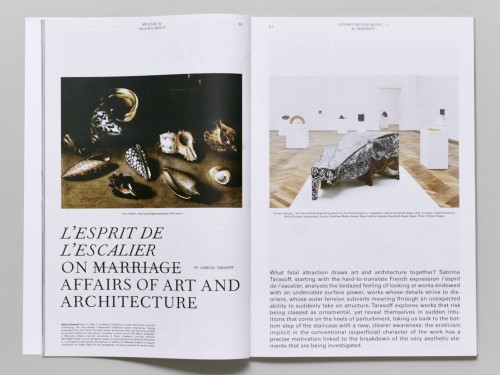
Mousse is an Italian publication that also published books, anthologies, and has a great website. They cover anything and everything contemporary art including exhibition reviews, books, artist interviews, openings, new projects, etc.
Most importantly though, for our studies here is that Mousse published an amazing series of articles about the history of the artist as curator. The series was written by a collection of great contemporary art curators and writers who each studied one artist curated exhibition in depth and wrote a long form essay about it. It's a fascinating look into a very specific and often unheralded history.
Our most important texts are Bruce Altshuler's excellent and at the time of publication groundbreaking books: Salon to Biennial: Exhibitions that Made Art History - Volume I: 1863-1959 & Biennials and Beyond: Exhibitions That Made Art History - 1962 - 2002
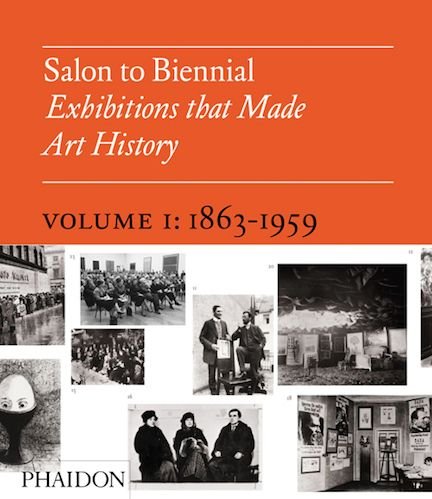
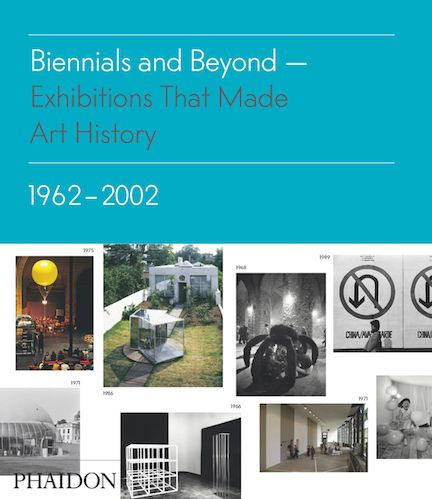
I was first introduced to these compendiums during my first year of graduate school at California College of the Arts in San Francisco. This was a bit of a bible for us as my 13 classmates and I embarked through the history of the exhibition as a first and perhaps most important course in our 2 year Masters in Curatorial Practice Program.
One last resource to think about is the more and more common (woohoo!) Exhibition History Archive that Museums and Exhibiting Institutions of all sizes, missions, and locations post to their websites. As it is in many things the Museum of Modern Art (MoMA) is a leader in providing a robust and interestingly framed archive of their nearly 100 year history of exhibitions, that includes over 3,000 projects: See MoMA's archive.
So, with these few more tools and resources, we are better prepared to think critically, creatively, and historically about exhibitions!
Remember to stay with me as we dig deep into the archive and history of the Exhibition.

Very interesting to read about. One of the most intense feelings I had regarding an art exhibition was when I saw the works of Vermeer at Rijks Museum in Amsterdam that it almost made me cry.
@demostene that sounds like an amazing memory, thanks for sharing it and reading my post. I appreciate your comment and the thought.
Quite interesting to read about, I never thought about it like this.
Thanks @thegoliath, I look forward to writing more for you to dig into.
awesome
ilike it, upped
please check my post about art :)
Your article is interesting and fun to read @awillbrown. You feed my mind with new knowledge. Upvote for this! :) Thank you so much.. Keep steeming!!!
Thank you @rejzonz!
Congratulations @awillbrown! You have completed some achievement on Steemit and have been rewarded with new badge(s) :
Click on any badge to view your own Board of Honor on SteemitBoard.
For more information about SteemitBoard, click here
If you no longer want to receive notifications, reply to this comment with the word
STOPGood stuff, super interesting read
a very good post I really like your status. very useful kaloew do not mind I will share your postigan to other friends teman.dan visit poatingan saya.https: //steemit.com/life/@imranroza/kesuksesan-berasal-of- custom-well-201797t105549545z
@imranoza, please share away and thanks for the comment!
Great post, very good information. Resteemed.
Did you know the late J. Brooks Joyner (Vancouver Art Gallery, Joslyn Art Museum, Nicolaysen Art Museum and Allentown Art Museum). We were friends since his days in Calgary at the Nickle Arts Museum. We were both about the same age (1944). There is a lot I learned from him in this regard. I miss conversations with him by e-mail. One time I didn't answer for a couple of months, then I found out in September last year that he passed away.
I found you as I was checking over some of my earlier posts, and a comment by you almost a month ago that I missed, in regards to my post Damien Hirst’s Shipwreck Fantasy Sinks in Venice:
even if totally unsuccessful, what do you think he was trying to do? Let's apply a critical framework and some context and see what we can come up with! Great to see you posting about exhibitions and Contemporary Art.
My answer to this:
I just seen this comment now, so I am answering late - probably neither you nor anyone else will read it, but writing this answer is, in a way, catharsis.
To your question: That's just it - he is wildly successful. What was he trying to do: make more money! I don't begrudge an artist for success and money, but he departed from creating art for the sake of art, to art for the sake of money. The art market is a strange place. While the majority of artists who are as good or even better than the darlings of the market, this is kept very exclusive to keep the value high. To elevate an artist into the stratosphere where only oligarchs can afford their work is obscene, to put it mildly. To collect any of these so called "Modern Masters", museums not as well funded would have to de-acquisition some of their (what I call) 'real' art by true masters, just to afford keeping up with the times (whatever that means).
I don't know where you stand as a curator, but I wish curators would buck that fashion trend and show what is really out there in the artworld. There are many very good artists out there that can't get displayed and recognized, since most curators play it safe and exhibit those from a very narrow field of the illustrious anointed. The scepticism that Robert Hughes expressed about him (and some others) and collectors like Mugrabi I found refreshing.
Hey there, thanks for writing back. I'm glad we are discussing!
Curators, like people from other disciplines, approach their subject and projects from a wide range of angles and with many strategies.
Many show exclusively those who aren't known, and others do the opposite. It all depends on where you are looking, but I take your note to speak to the more main stream Museum or Institutional curators, and it is well taken. Although I will tell you that being a curator is a huge amount of work, research, traveling, writing, and thinking about art of all kinds from all places. We have to insert some criteria, and at times there are artists who slip through due to their commercial success. But it is rare that their work doesn't hold water as curators are, in some ways, gate keepers who have to explain, justify, insert and interpret narratives around the artwork.
My comment to you was out of interest to break down Hirst's exhibition through a critical lens, not asking what is he doing in a cynical way, but what do you think he is getting at? Or is he simply being critical of the art market and system? I think that is a bit to easy, don't you? His earlier work could be read in so many different ways that aren't simply about excess and $. As a curator I work hard to show artists from a broad range of backgrounds with many ideas, forms, and approaches. There is no formula as to who should and shouldn't be shown, and who is great or not. Many of today's most famous artists started life in a very different place. Warhol came from a mining town near Pittsburgh PA. He was born with none of the advantages you speak of, yet he transcended his conditions and made incredibly important contributions to Art History and Culture. Not everyone can do that unfortunately.
Robert Hughes is trying to apply criteria from a bygone era to the work of today. He doesn't actually say anything here just lays out rather negative statements and cynical questions that he has already decided he knows the answer to. Why ask a question if you have the answer prepped?
Also that video was edited in a way that is hard to swallow. The jump cuts are a bit obvious...and imply that their conversation probably took a different shape if we had seen all of it.
I'm asking you, and others who are interested, to look a bit deeper at Hirst's work. Apply the logic(s) of our society to it, what do you see, what does it bring up? And if he is being critical of opulence then that is a point well made and taken, no?
Let's keep chatting on this and other exhibitions.